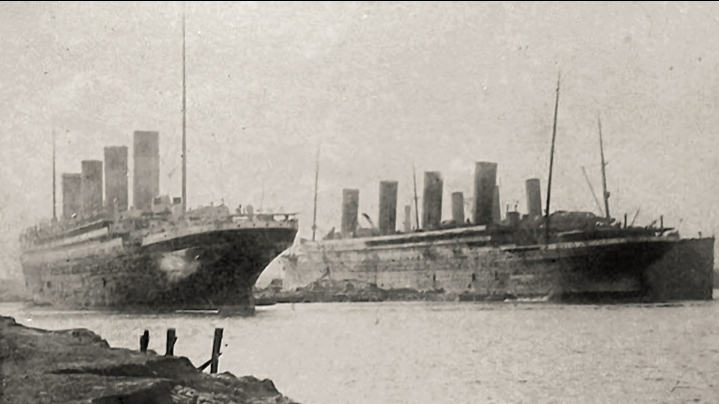Suakin Island
Suakin Island
Legend has it that Suakin was once the home of magical spirits: King Solomon imprisoned a djinn (genie) on the island, and thus the name Sawajin was born from the Arabic word for Prisons. Al-Hamdani named this city Sawakin which, translated from Arabic, becomes Dwellers. A ship full of Ethiopian maidens was on its way to visit the Queen of Sheba when a storm blew it off course to Suakin. When it finally set sail again, the virginal girls were astonished to discover themselves pregnant, carrying the seed of the supernatural host.
Another legend includes no demons and no jinn but the simple name of Suq, meaning market. But wherever the roots of this place can be traced, this city certainly held its ground for thousands of years. The port was somewhat isolated and accessible only through a channel leading into the Red Sea. Standing between Massawa in Eritrea and Quseir in Egypt is still standing; ancient Suakim was the finest of them all.
Most of Suakin’s visitors were the victims of other, worldlier transgressions. Enslaved people raided from the southern fringes of the Sudanese state Bahr al Ghazal along the White Nile to be shipped to the markets of Jeddah and Cairo. The Funj, Ottmans, and Egyptians all prospered from the trade. The first European to record his impressions of Suakin was the explorer John Lewis Burckhardt, who in 1814 found it a place of ‘ill-faith, avarice, drunkenness, and debauchery. Around 3,000 enslaved people annually passed through Suakin, including Burckhardt’s own slave, whom he sold at the market.
Since the abandonment of the port 100 years ago, Suakin has been decaying rapidly. The island is deserted, and you can have the place to yourself. Most of the buildings are in terrible shape.
The abandoned national bank of Suakin/ Author: Bertramz CC BY 3.0



Comments